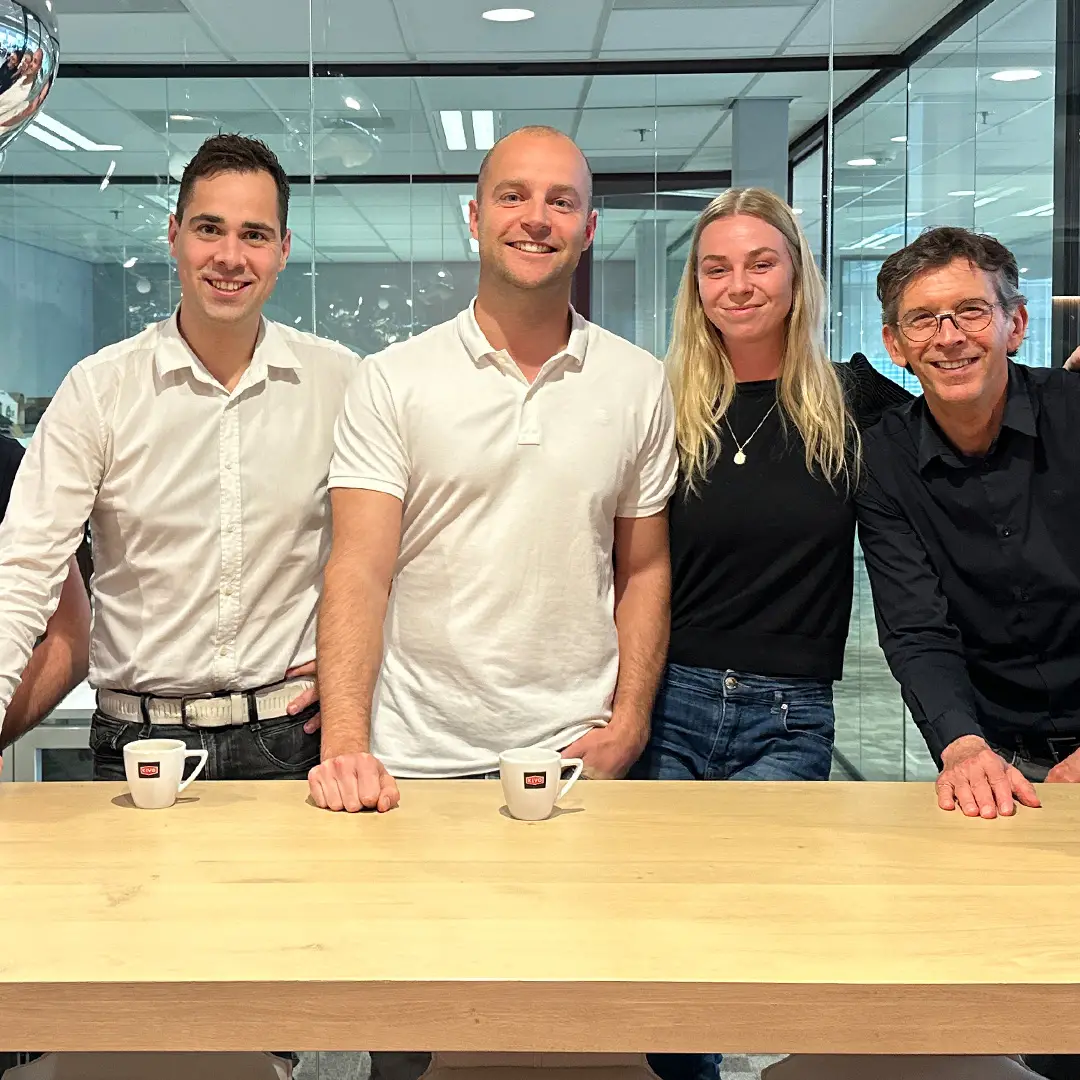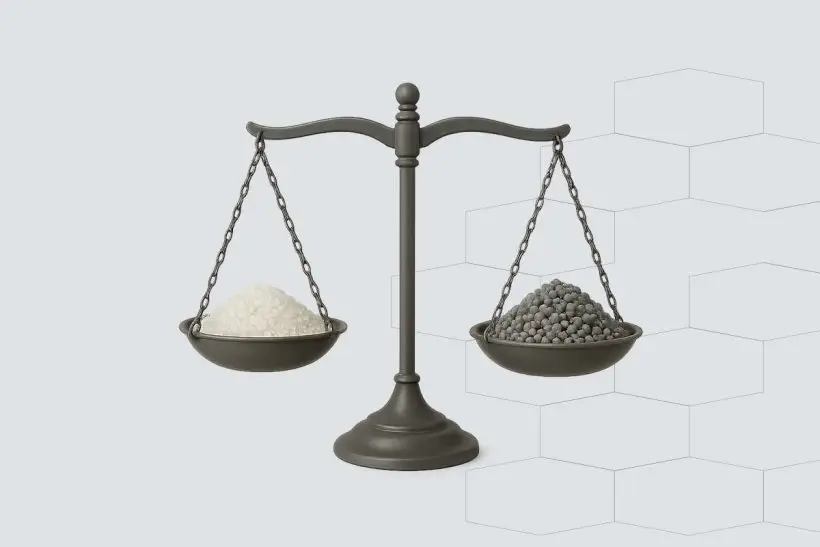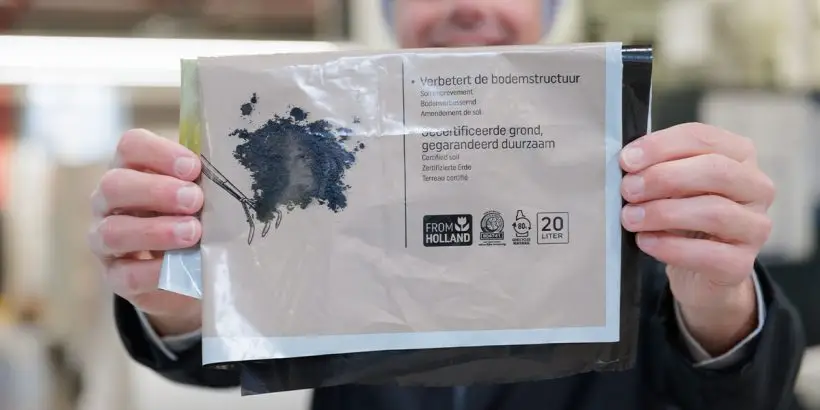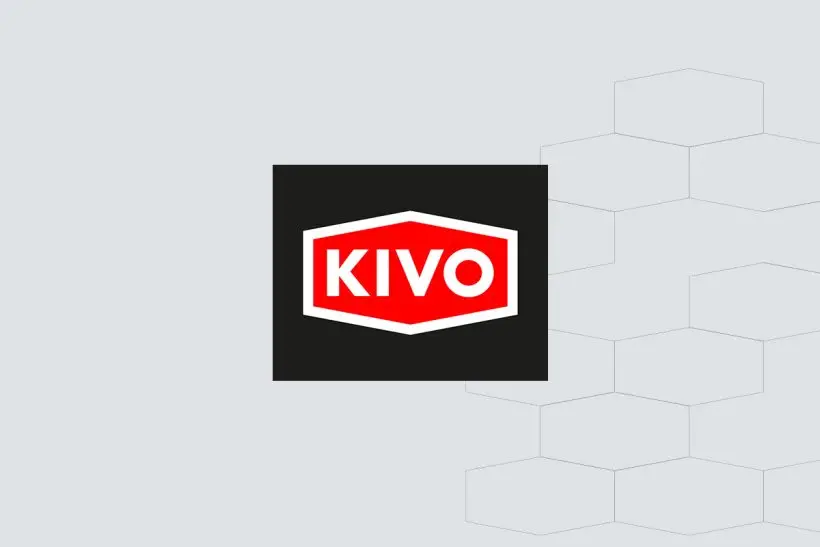Is all plastic recyclable? We try to answer that question in this article. At KIVO Flexible Plastics we are often asked which plastics are or are not recyclable. Thermoplastics, such as PET and HDPE, are often friendly to the recycling process. But there are also quite a few challenges! Thermosets, such as polyurethane, cannot be deformed and are therefore difficult to recycle. Styrofoam, with its airy structure, is also a challenge. And then we have the issue of multiple plastics and composite materials, which present their own unique challenges, and the complications with some compostable and biodegradable plastics. It's a complex landscape, but one that we are constantly exploring to provide more sustainable packaging solutions!
What types of plastic can't you recycle?
Unfortunately, not all types of plastic are recyclable. Materials such as PVC (polyvinyl chloride), for example, are challenging to recycle because of their chemical composition and the difficulty of separating and processing them effectively. Complex plastics and mixed materials, such as some multi-layer packaging, can also be problematic in the recycling process. While we strive for sustainability and environmental friendliness, it is important to recognise that not all plastics have the same recyclability. We therefore encourage alternative approaches, such as reducing the use of non-recyclable plastics and encouraging innovations in packaging design. Our focus is on offering packaging that is not only functional, but also takes environmental impact into account. For instance, we avoid packaging consisting of multiple layers of different materials.
Which plastic is recyclable?
Of course, there are also some types of plastic that are recyclable. These usable types of plastic are also used by KIVO during the recycling process. The types of plastic you can recycle include HDPE, PET, LDPE and PP. We briefly explain these types of plastic in more detail.
HDPE (high-density polyethylene) is one of the most recyclable and sustainable plastics. This is mainly due to the chemical and physical properties of HDPE plastic. This is because HDPE has a relatively simple and linear molecular structure. This makes it easier to melt and reshape the material without losing its properties. In addition, HDPE is resistant to chemicals and has high resistance to moisture, UV radiation and other environmental factors that can affect some plastics. This ensures that recycled HDPE retains its quality. Its high heat resistance also ensures that HDPE easy to recycle is. HDPE is used for a wide range of applications, such as milk bottles, shampoo containers and, of course, for the production of flexible films.
PET (polyethylene terephthalate) is also an excellent example of recyclable plastic. This type of plastic is often used for water and soft drink bottles, as well as food packaging. It can be recycled repeatedly without any noticeable loss of quality. The fact that this type of plastic is so easily recyclable is due to PET's favourable properties. For instance, PET is also a thermoplastic material, which means it can be melted and reshaped without losing its properties. This makes reuse possible without major degradation in quality. Also, this type of plastic is relatively easy to separate from other plastics, allowing recycled PET (rPET) of high purity to be obtained.
LDPE (low-density polyethylene) and PP (polypropylene) are also types of plastic you can recycle. LDPE is often used for plastic bags and films, while PP is used for products such as yoghurt cups, margarine tubs and some bottle caps.
LDPE is very flexible, allowing it to be easily compressed and processed in recycling processes. As LDPE waste usually consists of plastic bags and films, it can be relatively easily separated from other plastics in recycling facilities, facilitating processing and recycling. Also, LDPE has a low melting temperature compared to some other plastics, meaning it can be melted and reformed relatively easily without losing its properties.
PP is also a thermoplastic material, meaning it can be melted and reshaped without losing its properties. This is due to PP's low melting temperature. Like PET, for example, PP is very easy to separate from other plastics, allowing recycled PP (rPP) of high purity to be obtained.
At KIVO Flexible Plastics we go beyond production. We promote the use of these recyclable plastics and encourage a circular economy in which materials are reused. Our commitment to sustainability is woven into our corporate philosophy and we strive to create a better future together with our customers and partners in which recycling and reuse are central.



